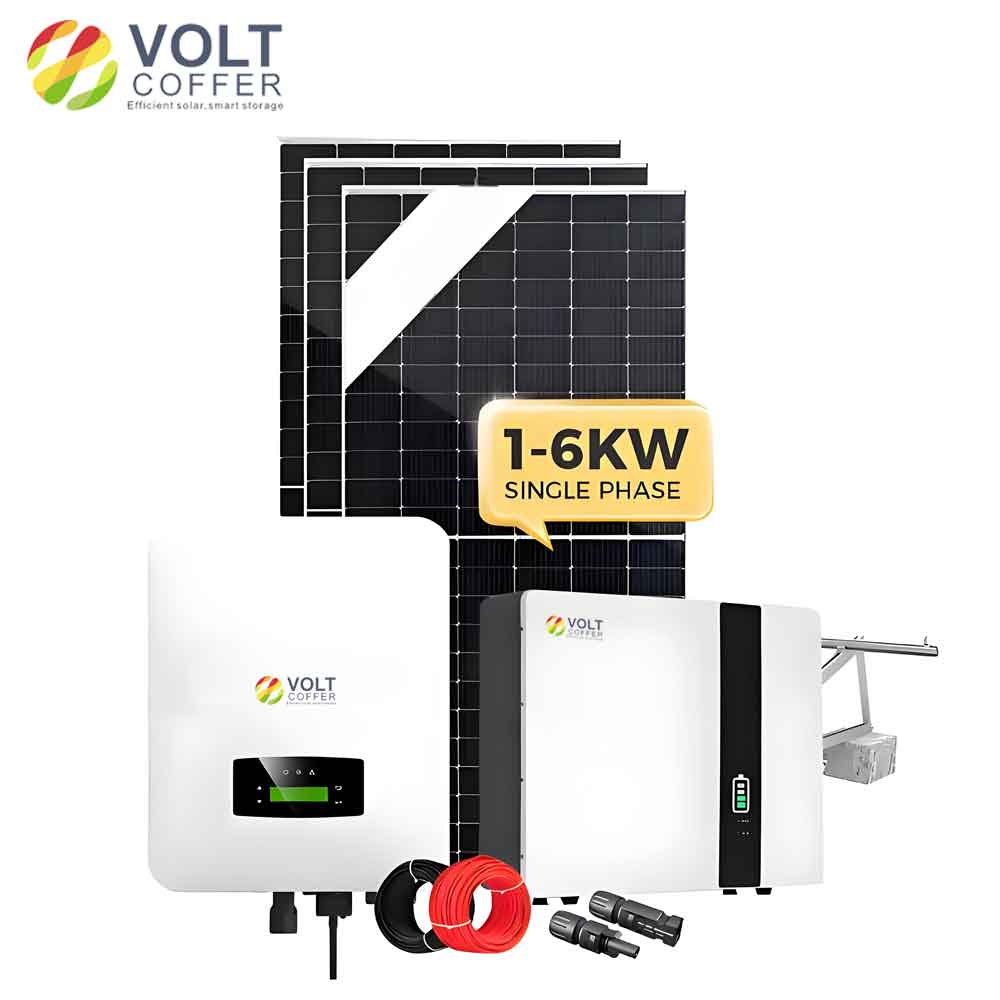Installing a solar kit involves various technical, logistical, and regulatory challenges. Understanding and addressing these challenges can lead to a smoother installation process and a more efficient solar energy system. This guide outlines common challenges faced during solar kit installation and provides strategies to overcome them.

1. Site Assessment and Preparation
Challenges:
- Shading Issues: Trees, buildings, or other obstructions can reduce solar panel efficiency.
- Roof Condition: Older or damaged roofs may require repairs or reinforcement before installation.
- Orientation and Tilt: Optimal panel orientation and tilt angle are crucial for maximizing energy production.
Solutions:
- Shading Analysis: Use tools like solar pathfinders or software to assess shading and determine the best panel placement.
- Roof Inspection: Conduct a thorough roof inspection and address any structural issues before installation.
- Optimal Placement: Align panels to face true south (in the Northern Hemisphere) at an angle equal to the latitude for optimal performance.
2. Permitting and Regulations
Challenges:
- Local Codes and Regulations: Navigating the permitting process can be complex and time-consuming.
- Zoning Restrictions: Local zoning laws may limit the installation of solar panels.
Solutions:
- Research Local Requirements: Understand local building codes, zoning laws, and permit requirements early in the planning process.
- Professional Assistance: Consider hiring a solar installation company familiar with local regulations to handle the permitting process.
3. Electrical Integration
Challenges:
- Grid Connection: Connecting the solar system to the grid requires coordination with the utility company.
- System Compatibility: Ensuring all components of the solar kit are compatible and correctly integrated.
Solutions:
- Utility Coordination: Engage with the utility company early to understand their requirements for grid connection and net metering.
- Professional Installation: Hire a licensed electrician or professional installer to ensure proper electrical integration and compliance with safety standards.
4. Structural and Mechanical Installation
Challenges:
- Mounting Systems: Choosing the right mounting system for the roof type and ensuring it can withstand local weather conditions.
- Weight Distribution: Ensuring the roof can support the weight of the solar panels and mounting hardware.
Solutions:
- Appropriate Mounting: Select mounting systems designed for specific roof types (e.g., pitched, flat) and local weather conditions.
- Structural Assessment: Have a structural engineer assess the roof’s load-bearing capacity and reinforce if necessary.
5. Inverter and Battery Installation
Challenges:
- Inverter Placement: Finding a suitable location for the inverter that minimizes energy loss and ensures proper ventilation.
- Battery Storage: Safely installing batteries and integrating them with the solar system.
Solutions:
- Optimal Inverter Location: Place the inverter close to the main electrical panel and in a well-ventilated, shaded area to prevent overheating.
- Battery Safety: Follow manufacturer guidelines for battery installation, including proper ventilation and temperature control.
6. Performance Monitoring and Maintenance
Challenges:
- System Monitoring: Setting up reliable monitoring systems to track energy production and system performance.
- Maintenance: Regular maintenance is required to ensure long-term system performance and efficiency.
Solutions:
- Monitoring Systems: Install smart inverters or energy management systems that offer real-time monitoring and remote access.
- Maintenance Plan: Develop a maintenance schedule that includes regular cleaning of panels, inspection of electrical components, and performance checks.
7. Financial and ROI Considerations
Challenges:
- Initial Costs: High upfront costs can be a barrier to installation.
- Financial Incentives: Navigating available incentives and rebates can be complex.
Solutions:
- Financial Planning: Explore financing options such as solar loans, leases, or power purchase agreements (PPAs) to reduce initial costs.
- Incentive Utilization: Research and apply for federal, state, and local incentives, including tax credits, rebates, and grants to offset installation costs.
Common Pitfalls and How to Avoid Them
Inadequate System Sizing:
- Pitfall: Installing a system that is too small or too large for the household’s energy needs.
- Solution: Conduct a thorough energy audit and consult with a professional to determine the appropriate system size.
Poor Quality Components:
- Pitfall: Using low-quality panels, inverters, or other components to cut costs.
- Solution: Invest in reputable brands and high-quality components that offer better performance and durability.
Improper Installation:
- Pitfall: DIY installations without proper knowledge can lead to inefficiencies and safety hazards.
- Solution: Hire experienced and certified solar installers to ensure a safe and efficient installation.
Lack of Future-Proofing:
- Pitfall: Failing to consider future energy needs and technological advancements.
- Solution: Choose scalable systems and components that can be easily upgraded or expanded.
Conclusion
Successfully installing a solar kit involves careful planning, thorough site assessment, adherence to local regulations, and proper integration of all system components. By addressing common challenges and avoiding typical pitfalls, homeowners can ensure a smooth installation process and enjoy the long-term benefits of solar energy. Investing in professional assistance and high-quality components, along with diligent planning and maintenance, will maximize the performance and reliability of the solar energy system.
